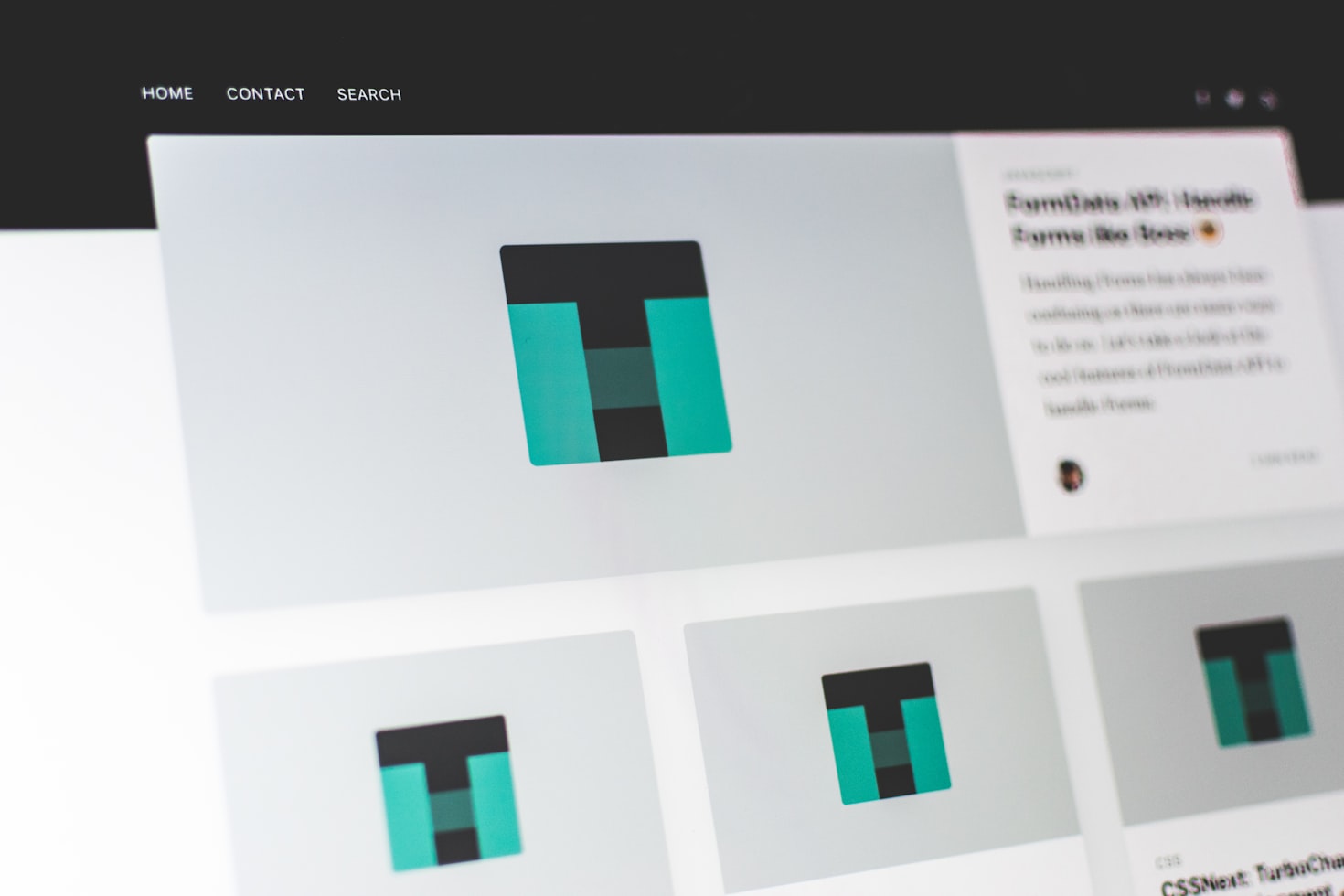Ecommerce photography plays a pivotal role in portraying products online and influencing customer purchasing decisions. However, following overrated trends can actually hamper results. This article will discuss common overhyped photographic approaches in ecommerce that fail to accentuate products appropriately. We’ll also recommend best practices for enhanced images that attract more sales.
The Impact of Overrated Trends in Ecommerce Product Images
Great ecommerce photography authentically displays products so customers make informed buying choices. However, several popular photographic styles don’t accomplish this effectively. Overedited images appear deceptive, while lens flares and motion blurs diminish product focus. Similarly, ignoring photography basics like lighting, composition and image optimization also degrades results.
To boost conversions, brands must showcase products uniquely while retaining realism. The balance between creativity, quality, and authenticity is key. Following overhyped fads often lose sight of this equilibrium, necessitating change.

Common Overrated Approaches in E-commerce Product Photographs
Ineffective Lighting
In product photography, the importance of effective lighting cannot be overstated. The way a product is illuminated can significantly impact its overall appeal and how it is perceived by potential customers. Proper lighting techniques are essential in highlighting the best features of a product while minimizing unflattering shadows.
While it may seem logical to add more light to ensure that every aspect of the product is well-lit, this approach can actually create its own set of problems. Thoughtlessly increasing the amount of light can result in blown-out hotspots, where certain areas of the product appear overly bright and lose detail. Additionally, it can lead to uneven illumination, where some parts of the product are excessively lit while others remain in shadow.

Disregarding Composition
Disregarding composition in photography can have a significant impact on the overall balance and visual appeal of an image. One of the fundamental principles of composition is the rule of thirds, which involves dividing the frame into a grid of nine equal parts and placing the subject or points of interest along these lines or at their intersections. This technique creates a more dynamic and visually interesting composition.
When photographing products, it is important to consider how they are framed within the image. Simply capturing a centered product on a blank backdrop without any thought to composition can result in uninspiring and unbalanced compositions. The subject may appear static and lack visual interest, failing to engage viewers.
Excessive Editing
Excessive editing in product depictions can lead to unrealistic representations of the items being sold. While certain editing techniques, such as adjusting brightness and contrast, can enhance the overall quality of product images, going overboard with filters and effects can distort reality and misrepresent the actual appearance of the products.
When product images are heavily manipulated through excessive editing, it can create a false sense of what customers can expect when they receive the item. This can ultimately lead to customer dissatisfaction and an increased likelihood of returns or negative reviews.

Inconsistent Product Photos
Maintaining consistent product photos is crucial for effective brand messaging. When customers browse online marketplaces or e-commerce websites, they expect the product appearances to accurately reflect what they will receive. However, inconsistent product photos can confuse customers and undermine the brand’s credibility.
One common issue with inconsistent product photos is the use of different shooting conditions. When products are photographed under varying lighting conditions, it can result in significant differences in color accuracy and overall appearance. This can lead to confusion and disappointment when customers receive products that do not match the images they saw online.
By ensuring consistent lighting setups and color correction techniques, brands can provide customers with a more accurate representation of their products.
Limited Angles
When it comes to showcasing products, relying on limited angles can result in an incomplete perspective for customers. While capturing products from the most flattering perspective is important, it is equally crucial to incorporate additional angles to provide a comprehensive view.
By including multiple angles in product photos, brands can effectively illustrate the shape, dimensions, and intricate details of their products, ultimately building confidence in potential customers and encouraging them to make a purchase.
By solely relying on a single angle, brands risk leaving out important information that customers may need to make an informed decision. Different angles can highlight various aspects of a product that may not be visible from just one perspective.
For example, showcasing the front, back, sides, and top of a product can give customers a better understanding of its overall design and structure. This allows them to visualize how the product will look and function in real life.

Cluttered Backgrounds
When it comes to showcasing products, cluttered backgrounds can be detrimental as they draw attention away from the main focus. Instead of allowing viewers to fully concentrate on the product, distracting backgrounds divert their attention elsewhere.
Additionally, cluttered settings can create confusion by blending excess elements with the product, making it difficult for viewers to discern its specifications and appearance. To ensure that the product remains the center of attention, it is essential to opt for simple, non-competing backdrops, such as solid colors, as they enhance emphasis and eliminate any distractions.
A cluttered background can be overwhelming for viewers and detract from the intended focus of the product. When there are too many elements competing for attention in the background, it becomes challenging for viewers to concentrate on the product itself. Their eyes may wander around the image, trying to make sense of the various elements present, instead of focusing on the product’s features and benefits.
By eliminating clutter and choosing a clean background, brands can ensure that viewers’ attention is solely directed towards the product.
Failing to Balance Trends with Originality
When it comes to photography, failing to strike a balance between following trends and maintaining originality can result in uninspired and unremarkable work. Blindly mimicking popular photographic fads without considering the context or purpose behind them often leads to unoriginal and derivative images.
On the other hand, completely rejecting trends can mean missing out on their potential value in enhancing the visual appeal and relevance of photographs. The key lies in selectively incorporating appropriate trends to reinforce branding and create a unique visual identity.
In today’s fast-paced digital age, trends in photography come and go quickly. What may be popular one day can become cliché and overdone the next. Simply replicating these trends without any personal touch or understanding of their significance can make photographs appear generic and lacking in creativity.
It is important to approach trends with a critical eye, considering how they align with the intended message or aesthetic of the photographs. By understanding the underlying principles and motivations behind a trend, photographers can adapt and incorporate it in a way that feels fresh and authentic.

Ignoring Image Optimization
When it comes to website design, ignoring image optimization can have a detrimental impact on the overall user experience. While visually appealing images are important for capturing the attention of visitors, if they are not properly optimized, they can significantly slow down webpage loading times and frustrate customers.
To enhance user experience and improve search engine optimization (SEO), it is crucial to prioritize fast and efficient loading through image compression and resizing.
In today’s fast-paced digital world, users have little patience for slow-loading websites. Research has shown that even a one-second delay in page load time can result in a significant drop in user engagement and conversion rates. One of the main culprits behind slow-loading webpages is large, unoptimized images. These images consume a significant amount of bandwidth and take longer to download, leading to a poor user experience.
Best Practices to Enhance Ecommerce Photography

1. Lighting Techniques for Dimension and Depth
To enhance the visual appeal of your ecommerce photography, it is crucial to pay attention to lighting. Position multiple diffused light sources at different angles to create dimension and depth in your product images. This technique helps to eliminate harsh shadows and highlights, resulting in a more balanced and professional look. Additionally, using reflectors and grids can help control and direct the light, allowing you to achieve precise lighting effects. Shooting in RAW format is recommended as it provides increased editing control and flexibility in post-processing.
2. Rule of Thirds and Visual Dynamics
The rule of thirds is a fundamental principle in photography composition that can greatly enhance the visual interest of your product images. When arranging products and backgrounds, consider placing key elements along the imaginary lines that divide the image into thirds horizontally and vertically. This creates a more visually pleasing composition and draws the viewer’s attention to the focal point. To add further visual dynamics, experiment with intentionally offset placements and varying orientations of your products. This can create a sense of movement or intrigue in your images.

3. Minimal Editing for Natural Results
While editing is an essential part of the photography process, it is important to exercise restraint and avoid overprocessing your images. Focus on color and tone correction to ensure accurate representation of your products without altering their appearance too drastically. Subtle vignettes and radial filters can be used to guide the viewer’s focus towards the main subject without creating artificial effects. By maintaining a natural look, you build trust with your customers and set realistic expectations for the product they will receive.
4. Choosing Suitable Backgrounds
The background you choose for your product images plays a significant role in how your products are perceived. Opt for solid, subtle backgrounds that do not compete visually with the main subject. Neutrals and muted colors work well as they allow the product to stand out and be the focal point of the image. When appropriate, consider matching the background color scheme with your brand’s overall aesthetic to create a cohesive and visually appealing look.
Understanding AI’s Emerging Role in Ecommerce Photography
1. Automated Background Removal for Product Images
One of the key applications of AI in ecommerce photography is automated background removal. Traditionally, photographers had to manually remove backgrounds from product images, which was a time-consuming process. However, AI-powered tools can now accurately detect and remove backgrounds automatically, allowing for a seamless extraction of the product from its surroundings. This not only saves time but also ensures consistent and professional-looking product images across an ecommerce website.
2. Image Retouching and Enhancement with AI
AI algorithms are also being used to automate image retouching and enhancement processes in ecommerce photography. These algorithms can analyze images and automatically adjust parameters such as brightness, contrast, and color balance to optimize the visual appeal of the product. Additionally, AI can help remove imperfections or blemishes from product images, ensuring that they look flawless and enticing to potential customers.

3. Object Recognition for Efficient Product Tagging
Another significant role of AI in ecommerce photography is object recognition. AI algorithms can analyze product images and accurately identify the objects within them. This enables efficient product tagging, making it easier for ecommerce platforms to categorize and organize their inventory. By automating this process, businesses can save time and ensure accurate product descriptions and search results for their customers.
4. Personalized Product Recommendations with AI
AI-powered recommendation systems are becoming increasingly prevalent in ecommerce platforms. By analyzing customer behavior and preferences, these systems can suggest personalized product recommendations to individual users. In the context of ecommerce photography, AI algorithms can analyze product images and identify visual similarities between different products. This allows for more accurate and relevant product recommendations, enhancing the overall shopping experience for customers.
Conclusion
Overlooked aspects like lighting and visual balance significantly influence ecommerce photography results, unlike overhyped trends. Strategically highlighting products in an authentic, consistent and technically sound manner leads to stellar conversions. Balancing creativity, quality and realism is key. AI opens up game-changing creative possibilities in this evolving domain when applied judiciously. With some mindful adaptations, ecommerce brands can achieve product images that truly stand out while appearing believable to attract higher sales.
Transform your Amazon product listings with ProductScope’s AI-powered photography backdrops! Imagine your product anywhere – a sunny breakfast table, a cozy nook, or a mountain summit. Bring your vision to life with high-quality images at a fraction of the cost. Unleash your creativity and elevate your brand with ProductScope. Start reimagining your product’s context today!
Sign Up for ProductScope AI Today!
FAQs
What Are the Most Overrated Trends in Ecommerce Photography?
Some overrated ecommerce photography trends include excessive filtering/editing, unrealistic lifestyle depictions, disregard for photography fundamentals and blind trend mimicry without context. These often fail to convey products genuinely.
How Can AI Influence Ecommerce Product Photography?
AI facilitates photography via automated batch editing, data-driven style and composition recommendations and even creative idea generation. This expands creative possibilities exponentially.
Why Is Authenticity Important in Ecommerce Photography?
Authentic ecommerce images that realistically showcase products help set accurate expectations to build customer trust and satisfaction. This reduces returns stemming from misleading photos.
How Can I Optimize My Product Images for SEO?
Use concise, keyword-rich file names/alt text, efficient compression, lazy loading and responsive images that load fast on all devices to optimize ecommerce product images for SEO.
What Role Does Lighting Play in Product Photography?
Lighting makes or breaks product photography. Thoughtful placement of diffused light sources enhances product dimensions, details and appeal. Subpar lighting can poorly represent products through glare, shadows and distortion.

